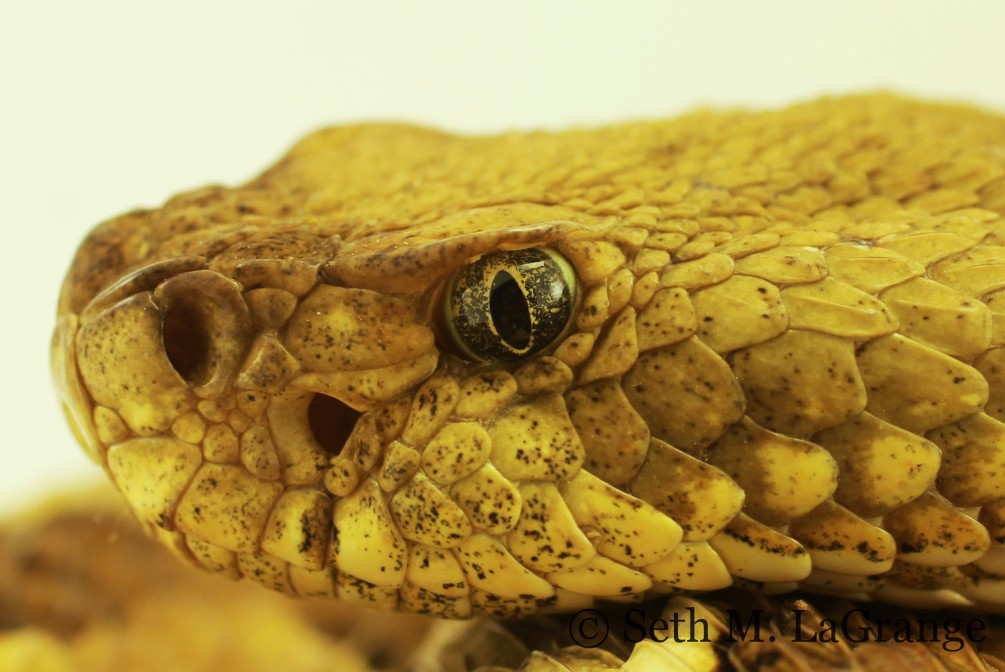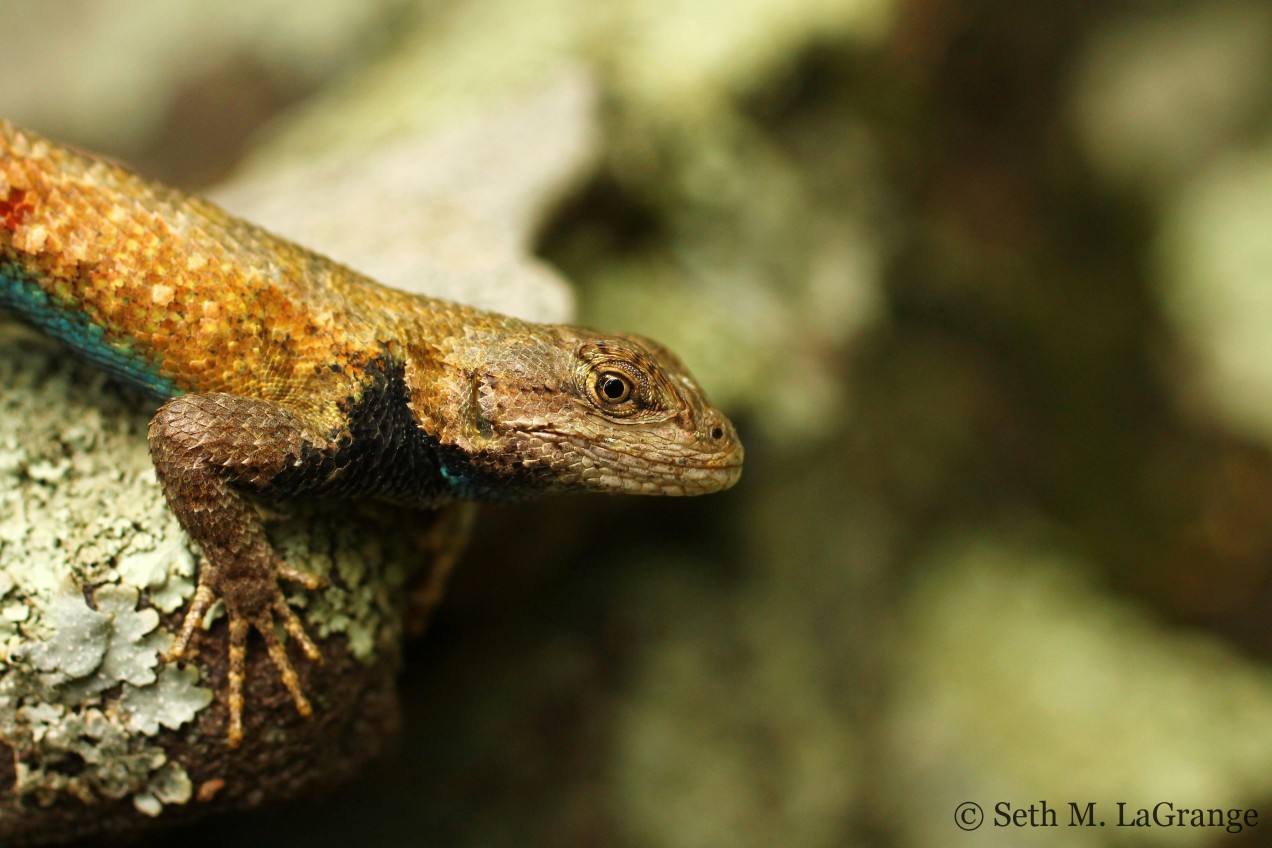Snakes are some of the most interesting creatures on this planet. They happen to be my favorite type of animal, which is of course why I chose to explain them in detail first. From my overview we know that snakes are lizards which are something that many people probably have a hard time accepting after all these years of having them separated. Previously it was thought that snakes and lizards merely shared a common ancestor and while that is still true we now recognize that snakes are so similar to lizards that they are just another type of lizard.
So if we think of them that way then snakes don’t seem so scary, right? Well unfortunately, that’s not right. Snakes are some of the most reviled animals on this planet. People seem to be born with the fear of snakes and it is widely accepted that our primate cousins actually do have an innate fear of these animals which could explain why so many people are afraid of snakes. The problem is that snakes are subject to unwarranted persecution because of this fear. In a later post I will go into some of the common beliefs about snakes that seem to fuel people’s hatred towards the serpent. But first we will learn what exactly makes a snake a snake.

Eastern gartersnake (Thamnophis sirtalis) from the upper peninsula of Michigan.
Phylogeny
Snake classification has changed a great deal over the years. In the beginning snakes were classified purely on their external characteristics and because of their extremely different appearance they were placed in a class all their own. Linnaeus put them into a group called Serpentes in 1758 which included only three genera and 200 species. People would later add more species and divide them into more distinct groups based on differences in external form but it was not until the mid-1800 when skull features were used in classification. After this, others began examine internal structures of snakes to search for relationships. Garth Underwood’s paper A Contribution to the Classification of Snakes in 1967 paved the way for what would become the modern approach to snake classification.
More recently evidence shows that the first snakes diverged into the groups, scolecophidians and alethinophidians which include the blind snakes and all other snakes respectively. The phylogeny of the scolecophidians is well resolved but the same cannot be said for the alethinophidians and debate is still ongoing about where exactly each group should be placed. Even within all this debate it was well accepted that snakes were sister taxa to lizards meaning that they shared a common ancestor but have evolved into separate groups. Most people still think of snakes in this way today however, new evidence using mitochondrial DNA among other factors actually place snakes within lizards. The general consensus now is that all snakes are in fact lizards but not all lizards are snakes.

Eyelash pit viper (Bothriechis schlegelii) from Costa Rica
Morphology
Now that we know a little bit about where snakes come from in terms of their evolutionary history let’s talk about what makes a snake a snake. All snakes are limbless, meaning that they have completely lost their legs. Essentially, they are an elongated tube facilitated by the increase in the number of vertebrae and ribs. Most snakes range between 120 and 240 vertebrae but some can have over 500. Because snakes have so many vertebrae and are so long their bodies are extremely flexible and able to twist and turn in any direction
Snakes bodies are covered in scales like all other reptiles and they shed their scales in one piece as they grow by crawling out of it. Before they are ready to shed, fluid builds up underneath their skin making the eyes a milky color. Right before they shed the fluid goes away and they crawl out of their skin by rubbing up against objects in their environment. There is even a scale cover their eye called the spectacle that is shed with the rest of their skin. The scales on the snakes’ body provide them with protection and help to prevent water loss. The adaption of scales was one of the factors that allowed reptiles to move away from water early in their evolution.

False fer-de-lance (Xenodon rhabdocephalus) from Costa Rica
Distribution
Snakes exist on every continent except Antarctica. They do not range to the very far north either. Snakes are absent in most of Canada only existing in the southern portions. Northern Russia also seems to be devoid of snakes. This is because like all reptiles snakes rely on the external temperature to heat their bodies and have not adapted the capabilities to live in such cold environments. In later posts I will talk about some reptiles that have some extraordinary adaptations for living in the cold.
Venomous snakes have exists on every continent as well and are nearly as wide ranging as non-venomous snakes. Sea snakes live in the ocean around the mid latitudes and are found in all marine waters except for the Atlantic and the Arctic oceans.
Behavior
The way that snakes eat is probably one of the most intriguing things about them. Lacking any limbs to aid in feeding they have developed some very interesting strategies to consume food. All snakes swallow their prey whole because they cannot rip or tear their prey apart. Many snakes use constriction to subdue their prey. They do this by striking prey and grabbing them with their mouth and then coiling their body around the animal. Every time the prey exhales the snake tightens its grip until the animal suffocates. Other snakes use venom to subdue their prey. The venom is injected via specialized fangs and usually kills the prey very quickly. After the prey dies the snake tracks it down and consumes it. Some snakes will even consume their prey while it is still alive, such as snakes that eat very small prey or prey that cannot actively try to escape.
Snakes also have numerous defense behaviors. The hognose snake (Heterodon platirhinos) is probably one of the best known snakes for its array of defense behaviors. These snakes will puff themselves up and spread the skin around their heads to make themselves look bigger. If that does not work they will often roll onto their backs and play dead. To further add to the effect they will emit a very foul odor that smells somewhat like a rotting animal. Interestingly enough, you can actually flip these snakes back over only to have them consequently roll over onto their backs again. Seems hognoses haven’t quite figured out that dead snakes don’t usually do this. These snakes will also feign striking but rarely ever bite.
Other snakes show similar behaviors to deter predators. Most will emit a foul smelling musk from their cloaca if perturbed. A very well-known defense behavior is when a cobra flattens out the skin around its head into a hood to make itself seem bigger. They often will raise the front third of their body off the ground as well to add to the effect. Rattlesnakes are best known because of the rattle that they carry at the tip of their tails. When shaken the rattle makes a loud buzzing noise to alert predators to stay away. Many snakes mimic this tactic by vibrating their tails against dry leaves which achieves a similar sound.

Timber Rattlesnake (Crotalus horridus) from Indiana.
Locomotion
As I mentioned above a snake’s many vertebrae allow them to move every which way. This flexibility in movement has allowed for a few different types of locomotion. One of the most common forms of locomotion is called lateral undulation, or a wavelike, motion which can be performed on land, in water, and even within trees and bushes. This is the typical movement associated with snakes but others do exist in certain species. Some snakes such as the sidewinder take undulation to a whole new level by turning sideways and drastically exaggerating the undulating motion. This type of movement is called sidewinding and helps snakes to move on sand as well as keep only a portion of their body on sand because it is so hot. Another type of locomotion called concertina involves pulling the body up into bends and then straightening out in an accordion like pattern. Rectilinear locomotion is used by larger snakes such as pit vipers, boas, and pythons. These snakes tend to move in a straight line by inching their belly scales along. They do this by lifting up parts of their belly scales and moving them forward in a wavelike pattern and then setting them down and pushing against the ground. The last type of movement is called side pushing. This type of movement is usually used by snakes that are startled and cannot get enough traction against the surface they are on. They use large undulations of the body to hopefully find an object to push against that will help them move forward. Most snakes use a combination of these types of locomotion for any particular situation.
Check back later for common snake myths and the truth behind them!





